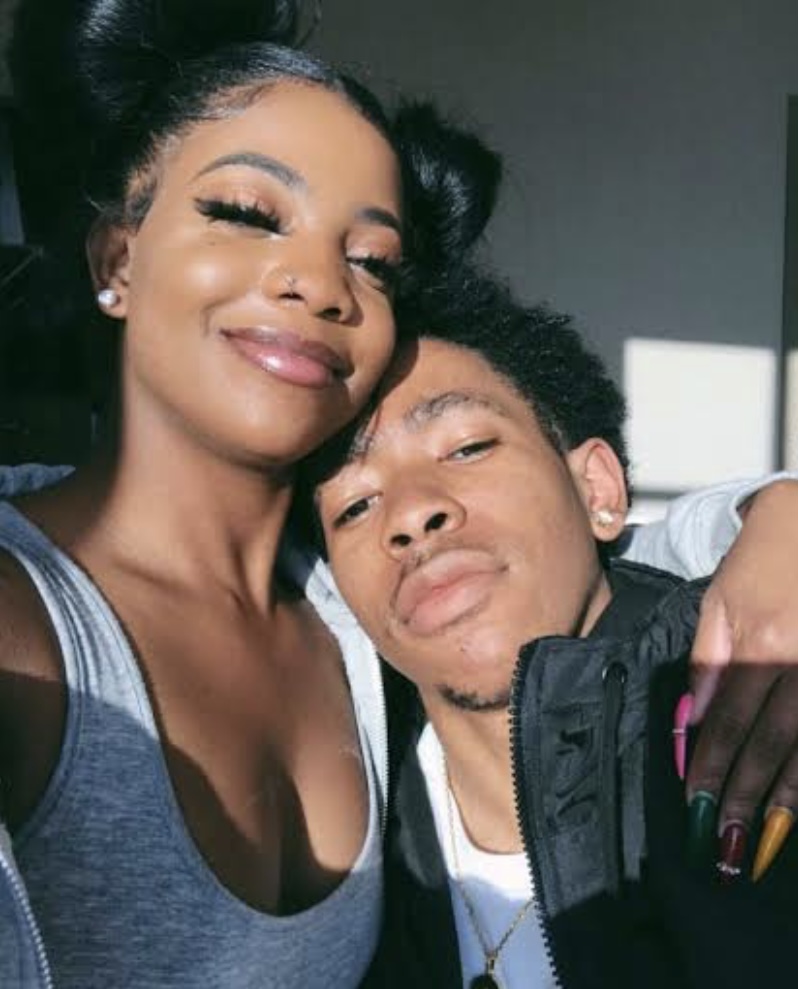RELATIONSHIP
10 Anxious Attachment Styles To Look Out For In A Relationship
Published
2 years agoon

Among the various attachment styles, the anxious attachment style stands out, characterized by a deep yearning for closeness combined with an underlying fear of abandonment.
Related Searches
Anxious Attachment Style In A Relationship – A Deeper Understanding
When Should You End A Toxic Relationship?
By delving into the core aspects of anxious attachment, we can gain a better understanding of its impact and begin the journey towards fostering healthier and more fulfilling connections.
- Fear of Abandonment: If you have an anxious attachment style, you may have an intense fear of being abandoned by your partner. This fear often leads to constant worry and preoccupation with the possibility of your partner leaving you.
- Need for Reassurance: Individuals with anxious attachment styles often seek reassurance and validation from their partners. You may constantly seek affirmation of your partner’s love and commitment, needing them to constantly prove their affection for you.
- Overthinking and Obsessive Thoughts: Anxious attachment can lead to a tendency to overthink and obsess about your relationship. You may find yourself analyzing every word, action, or behavior of your partner, trying to find hidden meanings or signs of trouble.

- Emotional Reactivity: Anxious attachment styles often result in heightened emotional reactivity. You may experience intense emotions such as anger, sadness, or anxiety when you perceive a threat to the relationship or feel uncertain about your partner’s feelings for you.
- Clingy Behavior: If you have an anxious attachment style, you may exhibit clingy behavior in relationships. You might have a strong desire to be in constant contact with your partner, feeling anxious or uneasy when you are apart for too long.
- Jealousy and Insecurity: Anxious attachment often leads to feelings of jealousy and insecurity. You may constantly compare yourself to others and fear that your partner will find someone better, leading to jealousy and possessiveness.
- Dependency on Others for Emotional Well-being: Individuals with anxious attachment styles often rely heavily on their partners for emotional well-being. You may have difficulty regulating your own emotions and depend on your partner to provide stability and validation.
- Difficulty Setting Boundaries: Anxious attachment styles can make it challenging to set and maintain healthy boundaries in relationships. You may have a tendency to sacrifice your own needs and prioritize your partner’s wants and desires.
- Fear of Intimacy: Paradoxically, individuals with anxious attachment styles often desire intimacy but also fear it. You may have a fear of being too vulnerable or getting hurt, which can lead to a push-pull dynamic in relationships.
- Difficulty Trusting: Anxious attachment styles can make it difficult to trust your partner fully. You may have trust issues due to past experiences or a general sense of mistrust, leading to skepticism and constant doubt in your relationship.
It’s important to note that having an anxious attachment style doesn’t mean you’re doomed to have unhealthy relationships. Recognizing these traits and working on developing secure attachment patterns through self-awareness, therapy, and personal growth can lead to more satisfying and balanced relationships.








